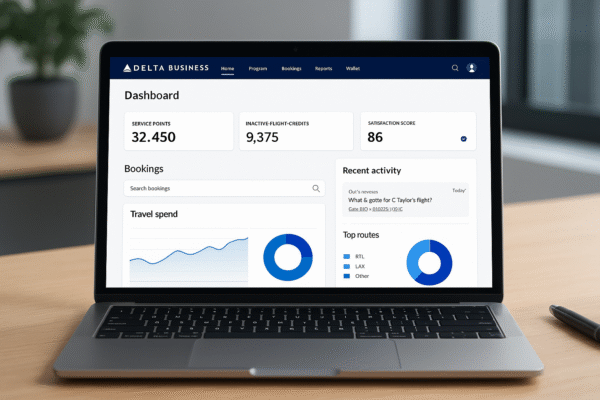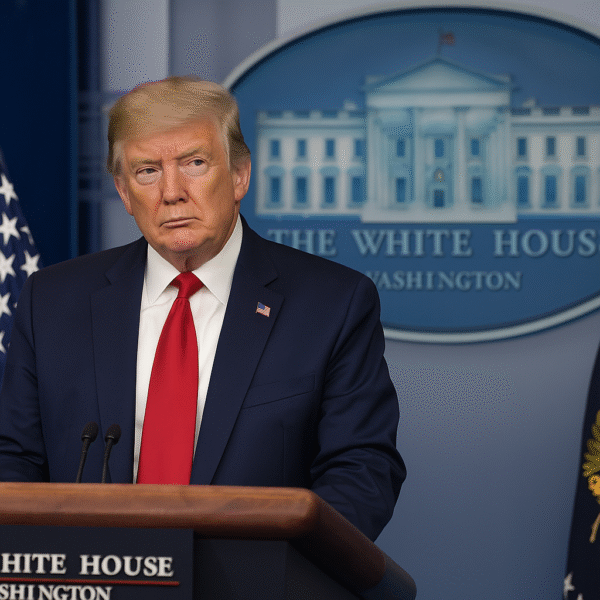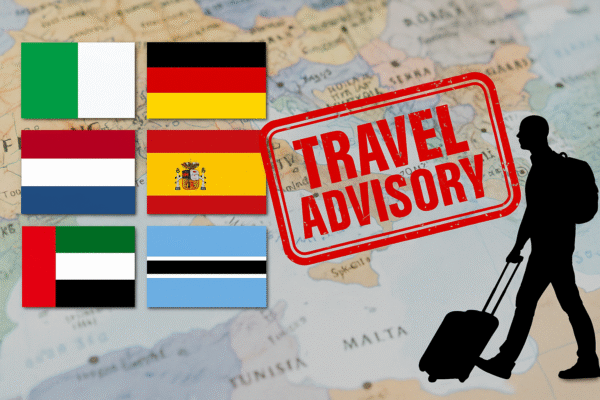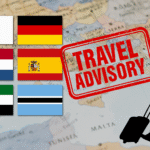The cost of visiting the United States is about to rise sharply. Starting September 30, 2025, the US government will implement steep travel fee increases affecting millions of international visitors. The most notable change will be to the Electronic System for Travel Authorization (ESTA) fee, which will nearly double from $21 to $40. Additional hikes, including border entry fees and visa-related charges, will also affect travelers from over 40 countries, among them the United Kingdom, Australia, New Zealand, and Israel.
These adjustments, part of a broader effort to raise revenue and bolster border security, are expected to impact international travel patterns and could exacerbate an already challenging environment for US tourism.
ESTA Fee Increase: A Major Cost for Visitors
The ESTA system allows travelers from Visa Waiver Program (VWP) countries to visit the US for up to 90 days without a traditional visa. It is used by nationals of more than 40 allied countries, including most of Europe, the UK, Australia, and New Zealand.
Until now, the ESTA application cost stood at $21, making it a relatively minor expense for travelers. However, from September 2025, the fee will jump to $40, almost double the previous cost.
This increase is significant for nations that send large volumes of tourists to the United States. For example, the UK alone accounts for millions of visits annually. Families or business travelers booking group trips will feel the additional cost burden most sharply.
While the ESTA system continues to offer convenience by pre-clearing travelers and reducing airport wait times, the new price tag may discourage some from applying or push them to consider alternative destinations.
Land Border Entry: I-94 Record Fees Multiply
Travelers crossing into the US by land will also be hit by higher costs. The I-94 Arrival/Departure Record, used to document foreign nationals entering the country, currently costs $6. Beginning September 30, that fee will rise to $30.
For frequent cross-border travelers, particularly those coming from Canada and Mexico, this increase represents a substantial new expense. Many who commute for business or family visits may now find the higher cost prohibitive.
New Fees for Chinese Visitors
Another change affects travelers from China, who will now need to pay a $30 enrollment fee for the Electronic Visa Update System (EVUS). EVUS is used to update information for those holding long-term visas to the US. While relatively modest compared to the ESTA increase, it adds yet another layer of expense for one of the largest sources of visitors to the country.
Given ongoing political tensions between the US and China, the timing of this new fee may further complicate efforts to sustain strong tourism flows from Asia.
The Broader Impact on US Tourism
The fee hikes come at a time when international tourism to the US is already struggling. According to forecasts by the World Travel and Tourism Council (WTTC), the US is the only country among 184 reviewed expected to post a decline in international visitor spending in 2025, with losses projected at $12.5 billion.
Rising costs are a key factor. High flight prices, hotel rates, and the strength of the dollar have already made the US a more expensive destination. Adding higher government fees may push more travelers to choose alternatives in Europe, Asia, or emerging destinations where entry costs remain lower.
Popular cities like New York, Los Angeles, and Orlando, heavily reliant on international tourism, could see drops in visitor arrivals. The ripple effect may also be felt in industries ranging from hospitality and retail to entertainment and transport.
The Visa Integrity Fee: Another Expense on the Horizon
Looking beyond September 2025, the US government also plans to introduce a Visa Integrity Fee. Expected to cost $250 per applicant, this charge will apply to travelers from non-VWP countries, including India, Brazil, and China.
Although the rollout date is not finalized, the new fee will further increase the cost of visiting the US for millions of potential tourists. Combined with existing hikes, the financial barriers to entry are becoming significantly higher than in many competing destinations.
Economic and Strategic Justifications
Officials argue that the increased revenue from these fees is necessary to fund border security improvements, immigration system modernization, and traveler screening programs. The government maintains that these measures will improve both safety and efficiency at US entry points.
However, critics caution that while the hikes may raise short-term funds, they risk driving away long-term tourism revenue. International tourism contributes billions annually to the US economy, supporting millions of jobs. Reducing accessibility could ultimately cost more than the revenue gained from higher fees.
How Travelers Can Prepare
For those planning trips to the US after September 30, 2025, a few key strategies can help manage the new costs:
- Apply Early: Travelers who apply for an ESTA before the fee hike will lock in the current lower rate, provided their authorization is still valid at the time of travel.
- Budget Accordingly: Families and groups should factor in the higher application fees when planning trips, particularly for multiple members.
- Explore Alternatives: Travelers may consider land entry options carefully, as the I-94 fee hike will add significantly to costs.
- Stay Informed: Those from China and other non-VWP countries should monitor updates on EVUS and future visa integrity fees.
Conclusion
Beginning September 30, 2025, travel to the United States will become significantly more expensive for millions of international visitors. With the ESTA fee doubling, I-94 land border charges rising fivefold, and new EVUS fees for Chinese nationals, the cost of entry is rising sharply.
While these measures aim to fund security and modernization, they arrive at a challenging moment for the US tourism industry, which is already facing declining international visitor spending. If higher costs deter travelers, the long-term economic consequences may outweigh short-term revenue gains.
For now, international travelers from the UK, Australia, New Zealand, Israel, and beyond must prepare for steeper costs when visiting the United States. The world will be watching closely to see whether these changes strengthen US security—or weaken its global tourism appeal.
For more travel news like this, keep reading Global Travel Wire

















